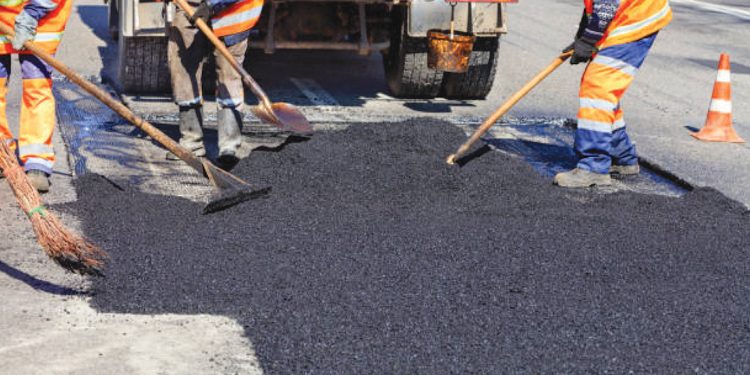Most citizens share a common interest in their city providing a plethora of public improvements to support their quality of life and pride in their community.
Things like better streets, police and fire protection, enhanced park and recreation opportunities, and a host of other projects are very popular. In turn, that gives rise to expectations that those interests will be addressed as an ongoing priority by those they elect to the local governing body.
There’s also the challenge to achieve desired outcomes without increasing property tax burdens on homeowners.
These projects are expensive, so the question arises – is it even possible to be constantly improving streets, civic buildings, and public facilities across the city without a tax increase?
Fortunately, the answer is yes, and we will explore how that is accomplished in a couple of minutes. However, ultimately, citizens have the final say in all of this because coming up with the money means going into debt to finance these projects, and that can’t happen without the majority of voters agreeing to do so.
Such an opportunity is likely to be on the ballot in the upcoming May elections, along with the selection of a mayor and some city council members.
All of this has been set into motion, as it is about every four or five years, after the city council has received a recommendation from a citizens committee on which projects have been deemed a priority for the next cycle of public works to serve us all.
The final report from a 19-member advisory group known as the Citizens Bond Committee has been delivered to the city council, and they will be making final decisions of what to include among $213 million of improvements to the city.
The largest sums proposed, more than half of the total, will be to build and improve city streets. This has always proven to be the most popular item, as it ranks as the top need to efficiently and safely move around the 400,000 people who live here, as well as those who visit the city or those just passing through.
Other items include more than $24 million in park improvements, a new $14 million fire station, $6 million for sidewalks, a variety of maintenance and major building components, new construction for the public works department, construction materials testing, and support for safe routes to the city’s schools.
These numbers still must be finally resolved by the city council, and that provides an opportunity for anyone in the city to participate in these final decisions as it will all unfold in public meetings before the council.
You may find the details on the list of projects being proposed, the amounts allocated for them all, and the dates and times of the council meetings when public engagement is not only possible but highly desired. Visit the city’s web site, arlingtontx.gov and navigate to the bond proposal details and the city council meetings schedule.
Oh, about how all this can be achieved without increasing property tax rates: Actually, that is all a part of the process of deciding how much money the city proposes to borrow by issuing municipal bonds over the next several years.
The simplistic explanation (the hard part is managed by the city’s finance professionals) is this: As long as the city doesn’t acquire more debt in any year that is greater than old debt being paid off that year, then there is no need to raise tax rates.
That will be the promise of putting this proposal before voters and, based on a long history of managing these public improvement projects in this fashion, we can count on the promise being fulfilled. City councils over the past several years have consistently reduced the property tax rate, the latest in the new budget being the largest reduction of all.
So, we can get traffic moving better, enjoy our parks more, enhance fire protection, and all the rest without the burden of new taxes.















